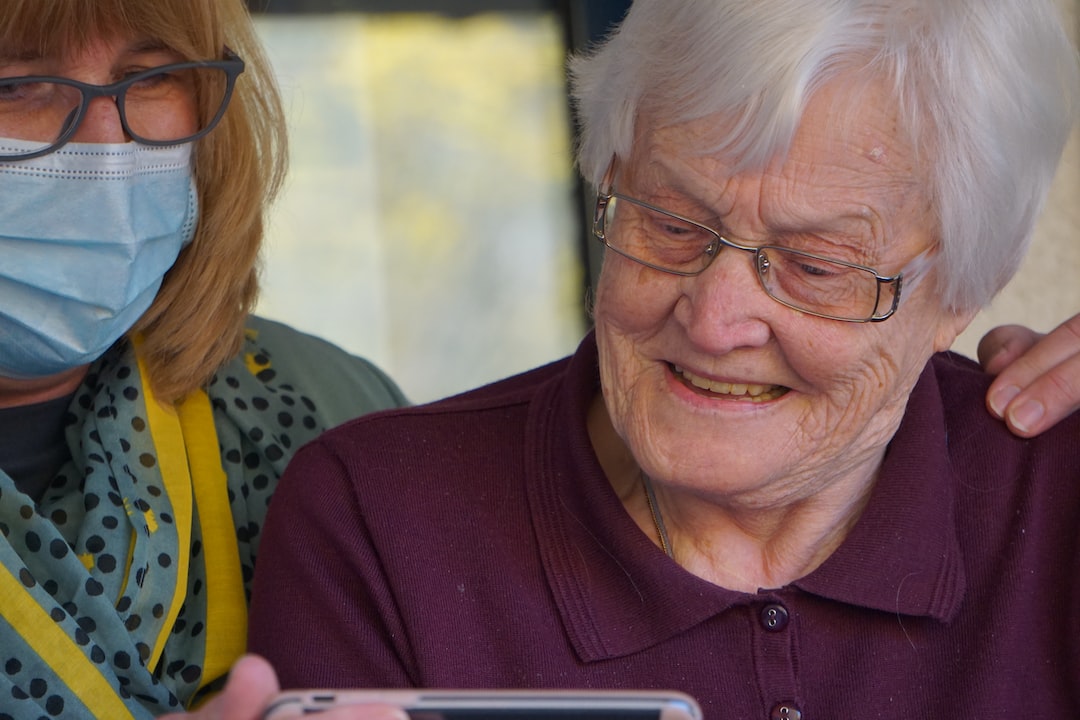Preserving History: How Community Efforts Can Protect and Celebrate Heritage Sites
History is a crucial part of our identity and tells us where we come from. It shapes our present and informs our future. Heritage sites play a pivotal role in preserving this history, acting as tangible reminders of our past. These sites, whether ancient ruins, historical buildings, or archaeological wonders, connect us to our ancestors and provide valuable insights into their lives. However, the passage of time and natural elements pose significant threats to these cherished locations. Consequently, community efforts become paramount in safeguarding and celebrating heritage sites to ensure they remain intact for future generations to appreciate.
Communities across the globe have recognized the importance of preserving and protecting their heritage sites. They have come together to initiate movements and campaigns aimed at raising awareness about the significance of these sites and implementing measures to conserve them. Such community efforts often involve collaboration with governments, non-profit organizations, local residents, and volunteers.
First and foremost, community involvement is crucial in terms of education and awareness. By organizing seminars, lectures, and workshops, communities can educate residents about the historical value of heritage sites and foster a sense of responsibility towards their preservation. Engaging students and schools in heritage-focused programs and field trips helps create a generation of future custodians who understand the value of these sites.
Moreover, community efforts can ensure the maintenance and restoration of heritage sites. With proper funding and coordination, local communities can actively take part in the restoration of historical buildings, the conservation of artworks, or the preservation of ruins. This hands-on approach not only safeguards the sites but also fosters a sense of pride and ownership within the community.
Furthermore, community initiatives can also extend to implementing policies and regulations that protect heritage sites from potential threats. Local advocacy groups can lobby for laws and regulations aimed at preserving these sites. By working closely with the government and other stakeholders, communities can ensure that heritage sites are included in urban planning processes and that construction projects do not encroach upon their boundaries.
Community efforts can also revolve around promoting tourism and generating revenue for the maintenance of heritage sites. By organizing cultural festivals, exhibitions, and performances at or near these sites, communities can attract tourists and generate income that can be reinvested in the preservation and maintenance of the sites. This approach allows heritage sites to become self-sustaining entities that not only preserve history but also contribute to the local economy.
Moreover, celebrating heritage sites brings communities together, fostering a sense of belonging and pride. By organizing community events and celebrations around these sites, individuals can feel a deep connection to their ancestors and the history that unfolded on those very grounds. This sense of pride helps strengthen community bonds and encourages individuals to take an active role in preserving their heritage.
Additionally, community efforts can also include the digitization of heritage sites. By creating virtual tours or digital archives, communities can make these sites accessible to a wider audience. This not only ensures that knowledge about the sites is shared but also serves as a means of protecting the sites from physical damage caused by increased foot traffic.
In conclusion, the preservation and celebration of heritage sites are crucial for our collective identity and understanding of history. Community efforts play a pivotal role in protecting these sites from the ravages of time and ensuring they remain intact for future generations to appreciate. By raising awareness, engaging in restoration and maintenance, implementing protective policies, promoting tourism, and celebrating these sites, communities can safeguard their heritage and create a sense of pride and belonging among residents. Together, communities can ensure that the history embedded in these sites remains alive and thriving for generations to come.

